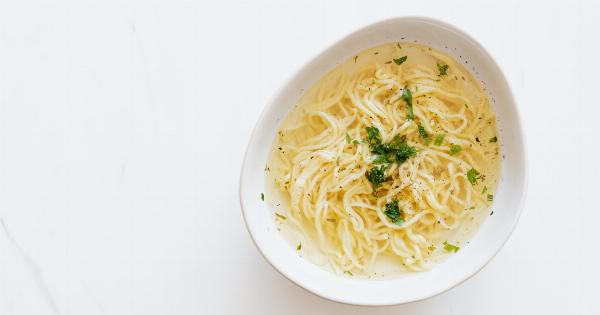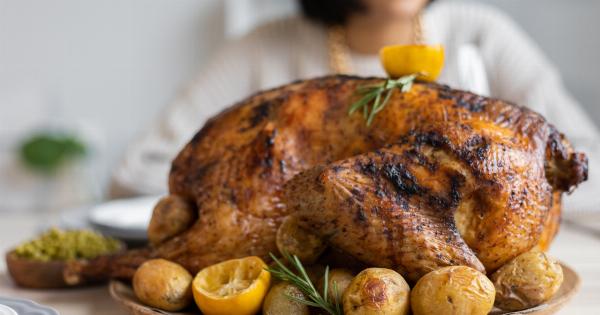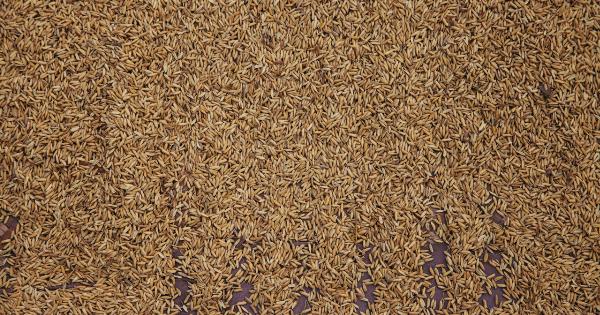When it comes to enjoying food, flavors play a vital role in creating a memorable dining experience. While some flavors are easily identifiable, others may remain sneaky, hidden within the layers of a dish.
These hidden flavors add depth and complexity to our meals, making the dining experience truly extraordinary.
The Importance of Identifying Flavors
Identifying flavors is crucial as it allows us to fully appreciate and understand the ingredients and techniques used in a dish.
By recognizing and deciphering the sneaky flavors, we enhance our palate and elevate our culinary skills to a whole new level. Whether you are a cooking enthusiast or a food lover, mastering the art of identifying flavors will undoubtedly enhance your gastronomic adventures.
Taste Buds: The Gateway to Flavor
Before we embark on our flavor detective journey, it is essential to understand the workings of our taste buds. Our taste buds consist of specialized sensory cells that enable us to discern the five basic tastes – sweet, sour, salty, bitter, and umami.
While these tastes form the foundation of flavor perception, the combination and interaction of these tastes contribute to the unique flavors we experience.
Exploring Flavor Profiles
A flavor profile refers to the combination of different tastes, aromas, and textures that create a specific flavor experience. A dish can have multiple flavor profiles, each contributing to its overall taste.
By exploring different flavor profiles, we can provide a comprehensive understanding of a dish’s complexity and identify the sneaky flavors that lie within.
Techniques to Uncover Sneaky Flavors
Unraveling sneaky flavors requires a combination of observation, analysis, and experimentation. Here are some techniques you can employ to sharpen your flavor identification skills:.
1. Pay Attention to Aromas
Aromas play a crucial role in flavor perception. The smells emanating from a dish give us clues about the ingredients and cooking methods used. Take a moment to appreciate the aroma before taking that first bite.
By focusing on the scents, you can begin to detect and identify the hidden flavors that await.
2. Analyze Texture
Texture adds another dimension to flavors.
Pay attention to how a dish feels in your mouth – is it creamy, crunchy, or chewy? Different textures often indicate the presence of different ingredients, which can lead you to identify the sneaky flavors hiding within.
3. Take Note of Aftertaste
The lingering taste in your mouth after eating can reveal the secret flavors that unfold over time. The aftertaste may be sweet, bitter, sour, or even savory – pay close attention to these subtle flavors to uncover the hidden gems in your dish.
4. Combine Ingredients Separately
To better understand the contribution of each ingredient, try tasting them separately before combining them in a dish.
By isolating the flavors, you can identify the roles each ingredient plays and pinpoint any sneaky flavors that become apparent when combined.
5. Experiment with Pairings
Taste is subjective, and everyone has their own preferences. Experiment with different ingredient combinations to create unique flavor profiles.
By boldly pairing contrasting or complementary ingredients, you might stumble upon sneaky flavors that harmonize unexpectedly.
6. Use Herbs and Spices Strategically
Herbs and spices are powerful tools in enhancing flavors. Experiment with different herbs and spices to discover their individual characteristics.
These culinary companions can bring out the hidden flavors in your dishes and amplify the overall taste experience.
7. Seek Feedback
Getting feedback from others can provide valuable insights into the flavors present in a dish.
Discussing the taste and aromas with fellow food enthusiasts or seeking the opinion of skilled chefs can expand your understanding of sneaky flavors and help you refine your flavor identification skills.
8. Learn from the Experts
Take inspiration from renowned chefs and culinary experts who excel in flavor identification. Read their cookbooks, watch their cooking shows, and explore their recipes.
Learning from the best will give you a deeper understanding of how flavors work together and how to identify the sneaky ones.
9. Embrace Food Exploration
Expand your culinary horizons by exploring different cuisines and ingredients. The more exposure you have to a diverse range of flavors, the more equipped you become in identifying sneaky flavors.
Step out of your comfort zone and embrace the exciting world of food exploration.
10. Practice and Patience
Flavor identification is a skill that develops over time with practice and patience. Don’t be deterred if you can’t identify sneaky flavors immediately. Keep trying, experimenting, and learning from your experiences.
With persistence, your taste buds will become more refined, and hidden flavors will reveal themselves more readily.
By employing these techniques and embracing the journey of flavor discovery, you can unlock a whole new level of culinary appreciation.
Identifying sneaky flavors will not only elevate your cooking skills but also deepen your connection with the food you enjoy.






























